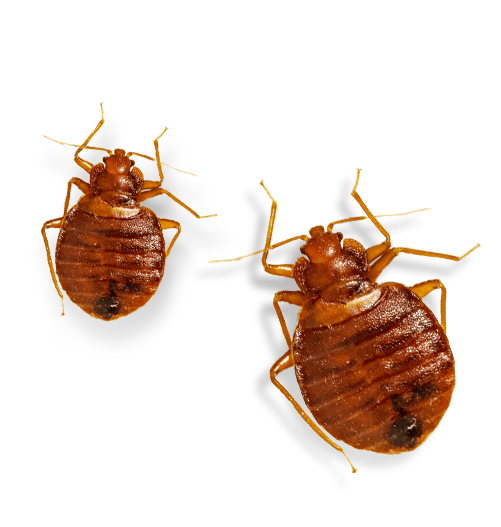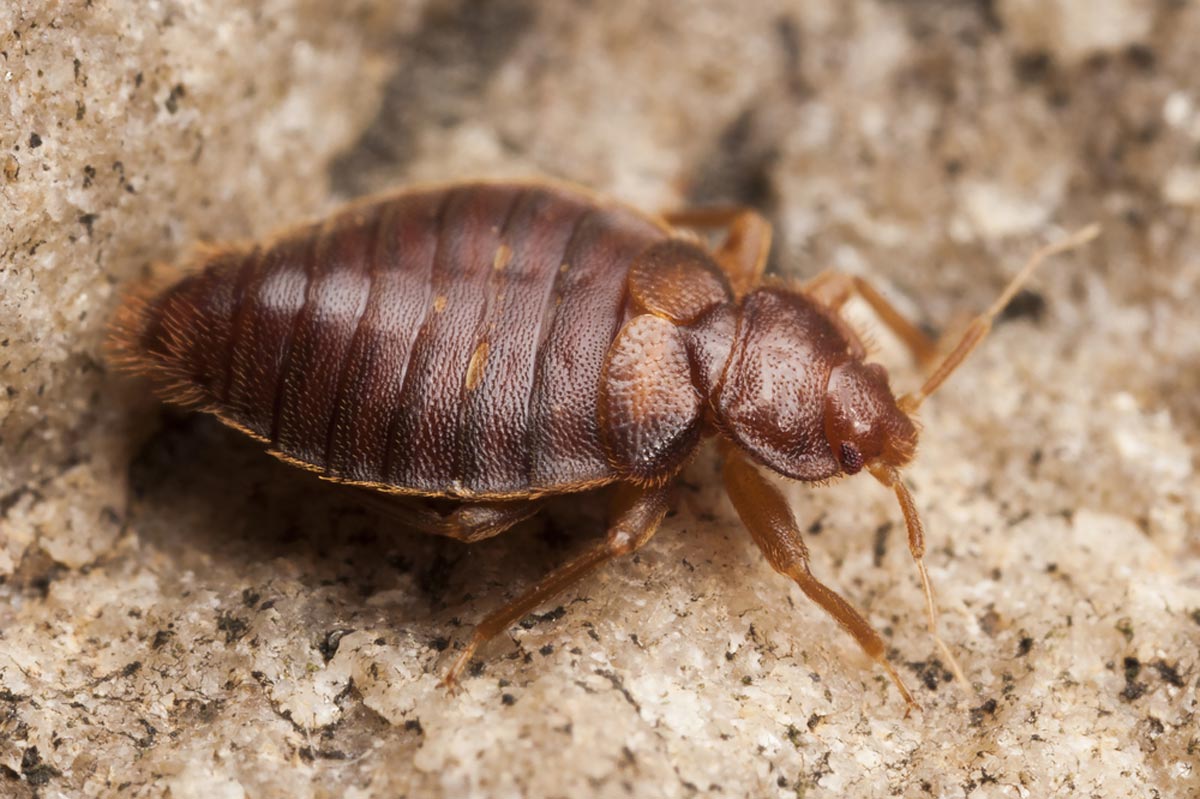Efficient A1 Bed Bug Treatment Houston - Do Away With Bed Bugs
Wiki Article
Recognizing the Lifecycle of Insects for Targeted Control Techniques
Comprehending the lifecycle of bugs is an essential element of effective insect management strategies. By comprehending the numerous phases of advancement that insects go through, a more targeted and accurate method can be embraced to manage their populations. This expertise not just clarifies the vulnerabilities within the pest lifecycle but also paves the way for implementing strategic steps that can disrupt their development and recreation cycles. Via a much deeper understanding of how parasites thrive and advance, tailored control strategies can be made to deal with certain points in their lifecycle, inevitably causing more effective pest monitoring results.Importance of Comprehending Parasite Lifecycle
Recognizing the lifecycle of bugs is necessary for establishing effective and targeted control methods in pest administration. By comprehending the different phases a bug goes via from egg to adult, insect control specialists can identify at risk factors in the lifecycle where treatment can be most successful.Moreover, acknowledging the details environmental conditions required for every stage of the parasite's lifecycle can assist choices on environment alteration or exemption approaches to disrupt the lifecycle and decrease insect populations. This expertise makes it possible for pest monitoring specialists to execute proactive steps as opposed to depending solely on responsive treatments, resulting in more sustainable and long-term bug control options. Ultimately, an extensive understanding of insect lifecycles encourages bug control specialists to tailor their approaches properly, making the most of and minimizing ecological effects control outcomes.
Trick Phases in Bug Development
To efficiently implement targeted control strategies in bug monitoring, an essential element depends on comprehensively determining and recognizing the key stages in insect advancement. Parasite development usually is composed of numerous key stages that are important for their lifecycle and monitoring. The initial stage is the egg stage, where insects lay eggs that later hatch right into larvae. Larvae after that progress into pupae, a stage where they undertake metamorphosis before becoming grown-up pests. Comprehending these phases is crucial as it helps in identifying at risk points in the lifecycle where control steps can be most reliable.

Susceptabilities in Insect Lifecycle
Throughout the different stages of a pest's lifecycle, unique susceptabilities emerge that can be purposefully targeted for reliable control measures (A1 Bed bug exterminator houston LLC). One important susceptability exists in the egg stage, where pests are often more at risk to particular insecticides or biological control representatives due to their soft external covering, making them much easier targets for intervention. Comprehending these vulnerabilities in the pest lifecycle is important for developing reliable and specific control approaches that efficiently take care of parasite populaces while lessening ecological effect.Applying Targeted Control Actions

Executing targeted control measures commonly includes a multi-faceted approach. This might include environment modification to make the setting less hospitable to bugs, such as removing standing water for insect control or sealing access points for rodents. In addition, biological control techniques can be made use why not look here of, where natural killers or pathogens are introduced to keep bug populations in check.
Integrated Insect Administration (IPM) techniques that integrate different control steps in a collaborated and sustainable manner are commonly the most efficient in accomplishing long-lasting bug monitoring objectives. By executing targeted control procedures based on a thorough understanding of insect lifecycles, parasite populations can be efficiently managed while decreasing threats to human wellness and the atmosphere.
Improved Parasite Management Practices

Additionally, the unification of organic control agents, such as natural predators or pathogens This Site of bugs, can help minimize reliance on chemical pesticides and advertise a much more well balanced community. Applying physical barriers and catches can additionally be part of improved bug monitoring practices, using safe and targeted solutions for insect control. Furthermore, the usage of scents and other semiochemicals can interfere with pest mating patterns and communication, causing lowered pest populations in time.
Final Thought
Finally, recognizing the lifecycle of pests is important for efficient bug monitoring approaches. By identifying key stages in insect advancement and vulnerabilities in their lifecycle, targeted control procedures can be carried out to lessen parasite populaces. Boosted parasite monitoring techniques can help in reducing the reliance on broad-spectrum pesticides and promote more sustainable and eco-friendly pest control techniques. This expertise plays a vital role in preserving healthy ecological communities and farming performance.Comprehending the lifecycle of insects is vital for establishing effective and targeted control strategies in pest monitoring. By understanding the different stages a parasite goes via from egg to grownup, insect control professionals can identify at risk factors in the lifecycle where intervention can be most successful. Inevitably, an extensive understanding of bug lifecycles equips pest control practitioners to customize their approaches effectively, making best use of and reducing ecological impacts control results.
you can find out more By implementing targeted control steps based on a thorough understanding of bug lifecycles, parasite populations can be successfully regulated while reducing threats to human health and the environment.
By determining vital stages in bug growth and vulnerabilities in their lifecycle, targeted control actions can be executed to lessen parasite populations.
Report this wiki page